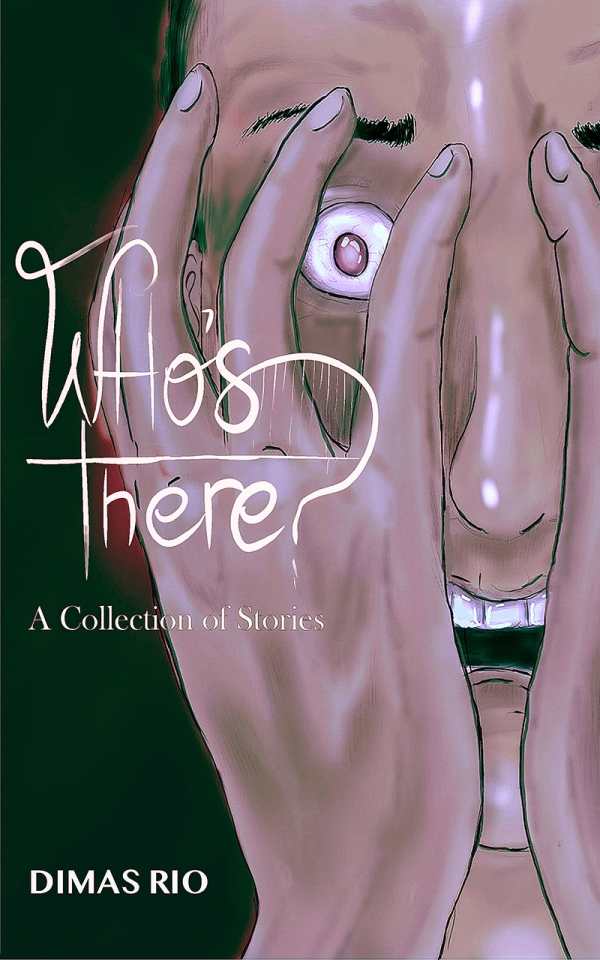Who's There?
A Collection of Stories
Who’s There? unites folktales with modern domestic horrors, resulting in a chilling collection.
The five surprising horror stories in Dimas Rio’s Who’s There? mobilize fear to question religious piety, the makings of monsters, how people grieve, and the relationship between moral and lawful justice.
The stories are focused on moments in which individuals either become monsters or come into close contact with evil. Each story is timely, thoughtful, and frightening. “Who’s There?” is about a relationship that’s failing just a few days before it’s supposed to result in a wedding, while in “At Dusk,” a school newspaper writer interviews a local thriller writer, who shares a folktale that he holds to be true.
In “The Wandering,” a nighttime security guard, Badrun, discovers a correspondence between a country woman, Rahma, and Jaka in Jakarta—and that Jaka bears an unsettling resemblance to Badrun himself. “The Voice Canal” records grief after the loss of a parent, and in “The Forest Protector,” a woman and her son survive her abusive marriage.
Multiple storytelling forms are employed; each enhances the intimacy of the text. In “Who’s There?” the narrator is engaging, but is also on drugs and unreliable; he jumps between time periods, but his transitions are easy to follow. “The Wanderer” is epistolary, and its changes in font and tone result in emotional depth—especially through Rahma, who’s trapped in a domestic situation while her lover is away. In “The Forest Protector,”’ sections are broken up according to who’s speaking, and the conclusion is all the more tragic because of these shifts.
Three stories are punctuated by eerie poems; the tactic is most effective with “At Dusk,” where the poem adds an interesting folkloric layer. However, passive writing also characterizes multiple stories, and is an impediment, most during conversations that are explained to excess, and with the book’s opening scene, wherein it takes too long to arrive at the action. Similarly, in “The Wandering,” Badrun ruminates on the joys of finding a handwritten letter, but the scene is too drawn out; the pace undermines the horror of the discovery.
The book’s heightened and literary language has the impact of complicating simple moments: alcohol is “the venomous liquid,” and a character’s son becomes “the little man.” The book’s metaphorical language is also distracting; lines like “like a sneer from the grave, he immediately saw a wet female riding a bike toward him” bog down thrilling scenes with their confusing mixes of images.
Who’s There? unites folktales with modern domestic horrors, resulting in a chilling collection.
Reviewed by
George Hajjar
Disclosure: This article is not an endorsement, but a review. The publisher of this book provided free copies of the book and paid a small fee to have their book reviewed by a professional reviewer. Foreword Reviews and Clarion Reviews make no guarantee that the publisher will receive a positive review. Foreword Magazine, Inc. is disclosing this in accordance with the Federal Trade Commission’s 16 CFR, Part 255.

